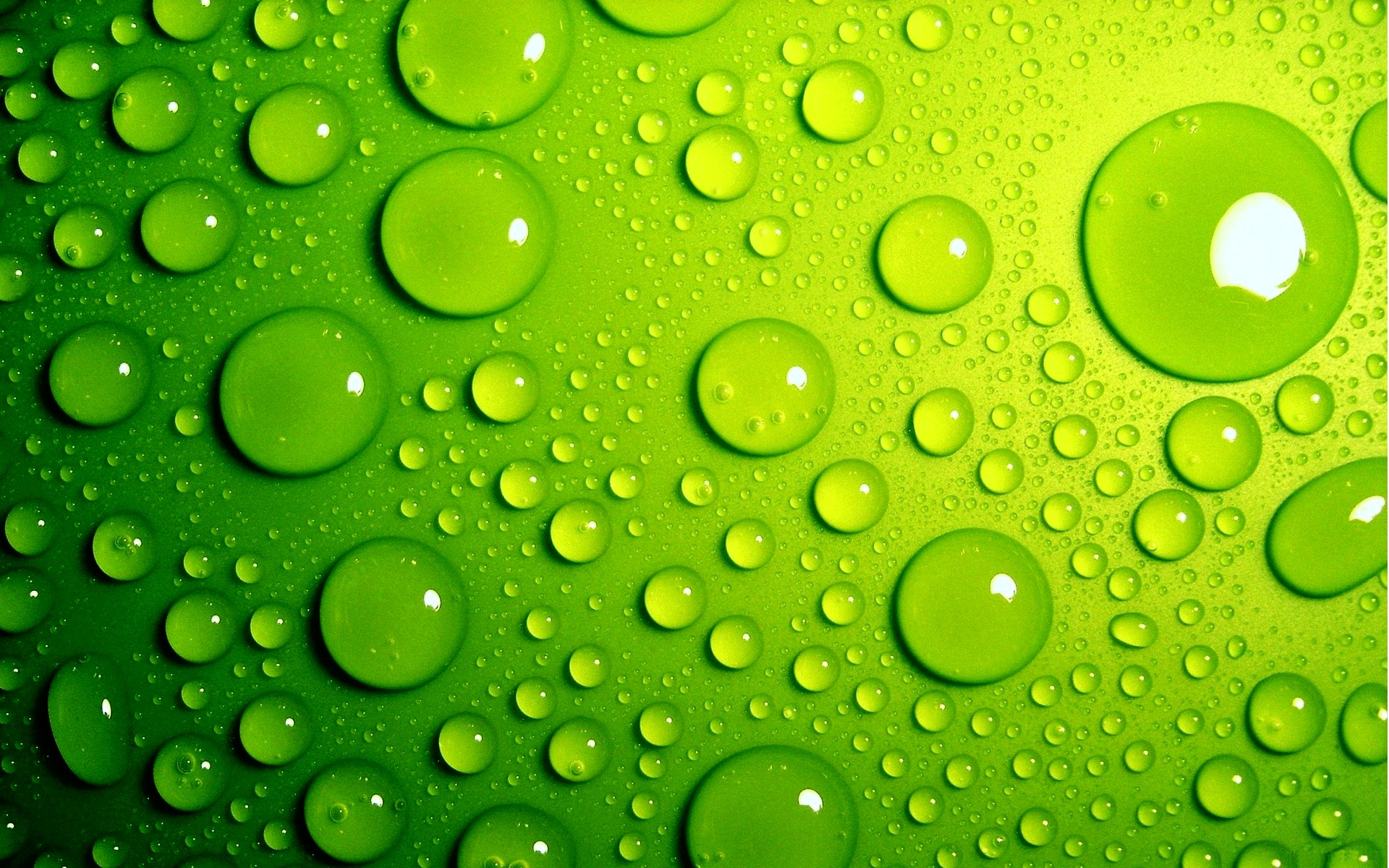Green City Loans - Building A Better Tomorrow
Imagine a place where the air feels cleaner, the water sparkles, and every street seems to hum with a gentle, planet-friendly energy. This isn't just a dream; it's the vision many urban areas are working toward, and a significant part of making it real comes down to how projects get funded. It's about finding the right support for initiatives that truly make a difference for our planet and our communities.
There's a growing push to help cities become more sustainable, and that means putting resources into things like renewable energy, better public transport, and greener buildings. This shift is about more than just being kind to the Earth; it's about creating healthier, more vibrant places for everyone to live. It's about making sure the money flows to where it can do the most good for both people and the environment, you know?
This whole idea is gaining real momentum, with special financial tools coming into play that are specifically designed to help these kinds of efforts. These tools are often called "green city loans," and they are proving to be a key ingredient in helping communities transform. They are like a vital supplement, helping to boost projects that might otherwise struggle to get off the ground, actually.
Table of Contents
- What Are These Green City Loans, Anyway?
- Why Do Green City Loans Matter So Much?
- Who Can Benefit from Green City Loans?
- How Do Projects Qualify for Green City Loans?
- The Impact of Green City Loans on Community Well-Being
- Overcoming Challenges with Green City Loans
- A Closer Look at the Benefits of Green City Loans
- The Future Outlook for Green City Loans
What Are These Green City Loans, Anyway?
When we talk about green city loans, we're really talking about a special kind of financial help that's meant to support projects with clear environmental benefits. These aren't just any old loans; they come with specific conditions that ensure the money goes towards making a city more sustainable. Think of them as a way to direct financial flow into initiatives that reduce pollution, save energy, or protect natural spaces, for instance. They are a bit different from traditional funding because their core purpose is tied to ecological improvement.
These loans can take many forms, from low-interest rates to longer repayment periods, all designed to make it easier for cities, businesses, and even individuals to invest in green projects. It's about recognizing that these kinds of investments have a broader, positive ripple effect on society, and so they deserve a bit of a helping hand. The idea is to make the path to a greener future a little less steep, especially for projects that might have higher upfront costs but offer significant long-term gains for everyone, too.
The goal is to encourage a whole range of activities, from putting solar panels on buildings to creating new parks or improving public transit systems. It’s about building a healthier urban environment, piece by piece. These loans help to diagnose areas where a city could improve its environmental footprint and then provide the means to address those issues directly. It’s a very practical approach to urban development, you know?
Why Do Green City Loans Matter So Much?
These specialized financial tools matter because they bridge a gap. Many environmentally friendly projects, while beneficial in the long run, can be quite expensive to start. Without specific funding like green city loans, many fantastic ideas might just stay ideas, never getting the chance to make a real impact. They help ensure that the vision of a cleaner, healthier city doesn't get stuck in the planning stages due to a lack of resources, that.
Moreover, they send a strong signal. When financial institutions offer green city loans, it shows a commitment to sustainability that goes beyond just talk. It encourages more people and organizations to think about the environmental consequences of their actions and to actively seek out ways to be part of the solution. It helps to shift the entire economic landscape towards a more conscious and responsible approach, so.
The impact isn't just environmental; it's economic and social too. By investing in green infrastructure, cities can create new jobs, boost local economies, and improve the quality of life for their residents. Cleaner air and water, more green spaces, and efficient public services all contribute to a happier, healthier population. It’s about seeing the full spectrum of benefits, not just the financial ones, really.
Who Can Benefit from Green City Loans?
A wide variety of groups can find support through green city loans. Local governments, for one, are major beneficiaries. They can use these funds to upgrade public buildings, develop sustainable transport networks, or invest in renewable energy sources for municipal operations. It helps them meet their climate goals and serve their communities better, you know?
Private businesses, especially those in construction, energy, or technology, also stand to gain. A company looking to build an energy-efficient office complex or develop a new clean energy solution might find that a green city loan makes their project financially viable. It encourages innovation and helps these businesses contribute to the broader environmental effort, pretty much.
Even non-profit organizations or community groups working on local green initiatives, like creating urban gardens or setting up recycling programs, might be able to access these funds. It's about empowering different parts of the community to contribute to the city's green transformation. It helps address specific problems, like a lack of green spaces or inefficient resource use, actually.
How Do Projects Qualify for Green City Loans?
Qualifying for green city loans usually involves demonstrating a clear environmental benefit. Lenders want to see that the project will genuinely contribute to sustainability goals. This might mean showing how a new building will use less energy, how a transport system will reduce emissions, or how a land restoration project will improve biodiversity. It's about proving the green credentials of your idea, in a way.
There's often a process of assessment, much like an eye care professional might examine a situation to diagnose an issue. Financial institutions will look at the project's plans, its expected environmental impact, and its financial viability. They want to make sure the money is being put to good use and that the project has a reasonable chance of success, so.
Sometimes, there are specific certifications or standards that projects need to meet. For example, a building might need to achieve a certain level of green building certification to qualify. These requirements help ensure that the loans are truly supporting projects that deliver on their environmental promises, and that they are not just "greenwashing" initiatives, you know?
The Impact of Green City Loans on Community Well-Being
The effects of green city loans extend far beyond just environmental metrics. When a city becomes greener, its residents experience a noticeable improvement in their daily lives. Cleaner air means fewer respiratory issues, and more green spaces offer places for relaxation and recreation, which can significantly reduce stress and improve overall public health. It’s about building a city that supports its people, not just its infrastructure, very.
Think about the simple pleasure of walking through a newly established park, or breathing air that doesn't carry the lingering scent of exhaust fumes. These small but profound changes contribute to a greater sense of well-being for everyone. The flow of investment into these areas helps to alleviate some of the persistent, unexplained pain points that often come with urban living, like crowded spaces or a lack of access to nature, you know?
These loans also help create more resilient communities. By investing in renewable energy, cities become less dependent on volatile fossil fuel markets, leading to more stable energy costs for residents and businesses. Improving public transport reduces traffic congestion and commute times, giving people more time for family or personal pursuits. It's about building a stronger, more adaptable urban fabric, actually.
Overcoming Challenges with Green City Loans
While green city loans offer a lot of promise, there can be some hurdles to clear. One common challenge is simply getting the word out about their availability and how they work. Many potential applicants might not even know these specialized funding options exist, or they might find the application process a bit complex. It requires a concerted effort to educate and inform, in some respects.
Another issue can be the initial cost perception. Even with favorable loan terms, some green projects can still have higher upfront expenses compared to traditional alternatives. Convincing decision-makers to invest in these long-term benefits over immediate savings can sometimes be a tough sell. It’s about shifting perspectives and demonstrating the true value of these investments over time, you know?
There's also the need for clear standards and verification. Ensuring that projects truly deliver on their green promises requires robust monitoring and reporting. Without this, there's a risk that some projects might not be as environmentally beneficial as they claim, which could undermine trust in the whole system. It’s about maintaining integrity and accountability, basically.
A Closer Look at the Benefits of Green City Loans
Beyond the obvious environmental gains, green city loans bring a host of other advantages. For one, they can stimulate economic growth by fostering innovation in green technologies and services. This leads to new businesses and job opportunities, creating a vibrant economic landscape. It’s about building a future-proof economy, more or less.
They also enhance a city's reputation. A city that actively pursues green initiatives through these loans is seen as forward-thinking and responsible, which can attract new residents, businesses, and even tourism. It’s a mark of progress and a commitment to a better quality of life for everyone. This positive image can have far-reaching effects, you know?
Furthermore, these loans help build resilience against climate change impacts. By funding projects that improve flood defenses, promote water conservation, or support urban farming, cities become better equipped to handle environmental shifts. It's about preparing for the future and protecting communities from potential disruptions, quite.
The Future Outlook for Green City Loans
The future for green city loans looks bright, actually. As awareness of climate change grows and the benefits of sustainable living become more apparent, the demand for these types of financial tools is only likely to increase. More and more financial institutions are recognizing the importance of supporting green initiatives, seeing them not just as an environmental duty but also as a smart investment, very.
We can expect to see more innovative financing structures emerge, perhaps even more specialized green city loans that cater to very specific needs, like urban biodiversity projects or circular economy initiatives. The financial world is adapting to the urgent need for environmental action, and this means more creative solutions will likely come to light. It’s an exciting time for sustainable development, you know?
Ultimately, these loans are a critical piece of the puzzle in creating truly sustainable urban environments. They help to direct resources where they are most needed, ensuring that the flow of capital supports a healthier planet and happier communities. It’s about building a legacy of environmental responsibility for generations to come, really.
This article explored the concept of green city loans, discussing what they are, why they are important, who can benefit from them, and how projects qualify. We also looked at their impact on community well-being, the challenges involved, and the broader benefits they offer, finally concluding with a look at their future prospects.

Green - Green Photo (31012786) - Fanpop

What colors to mix to get Green?

Green Backgrounds Image - Wallpaper Cave